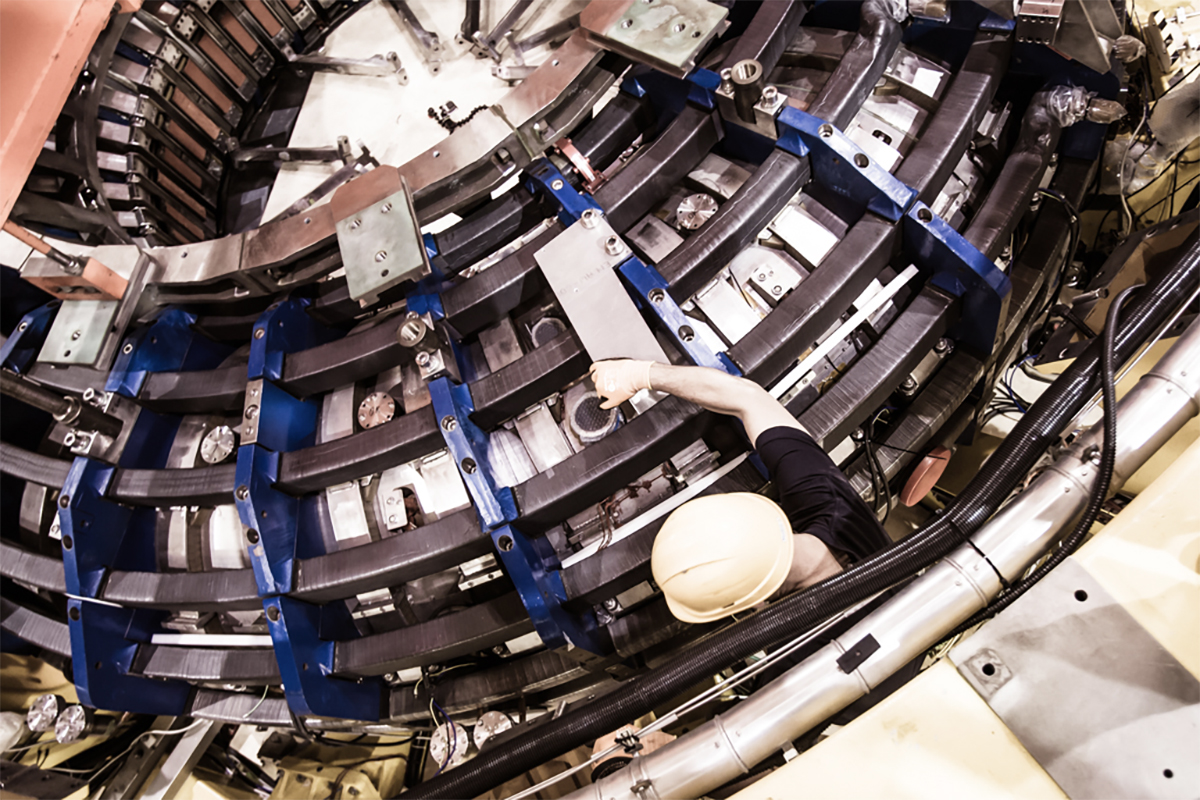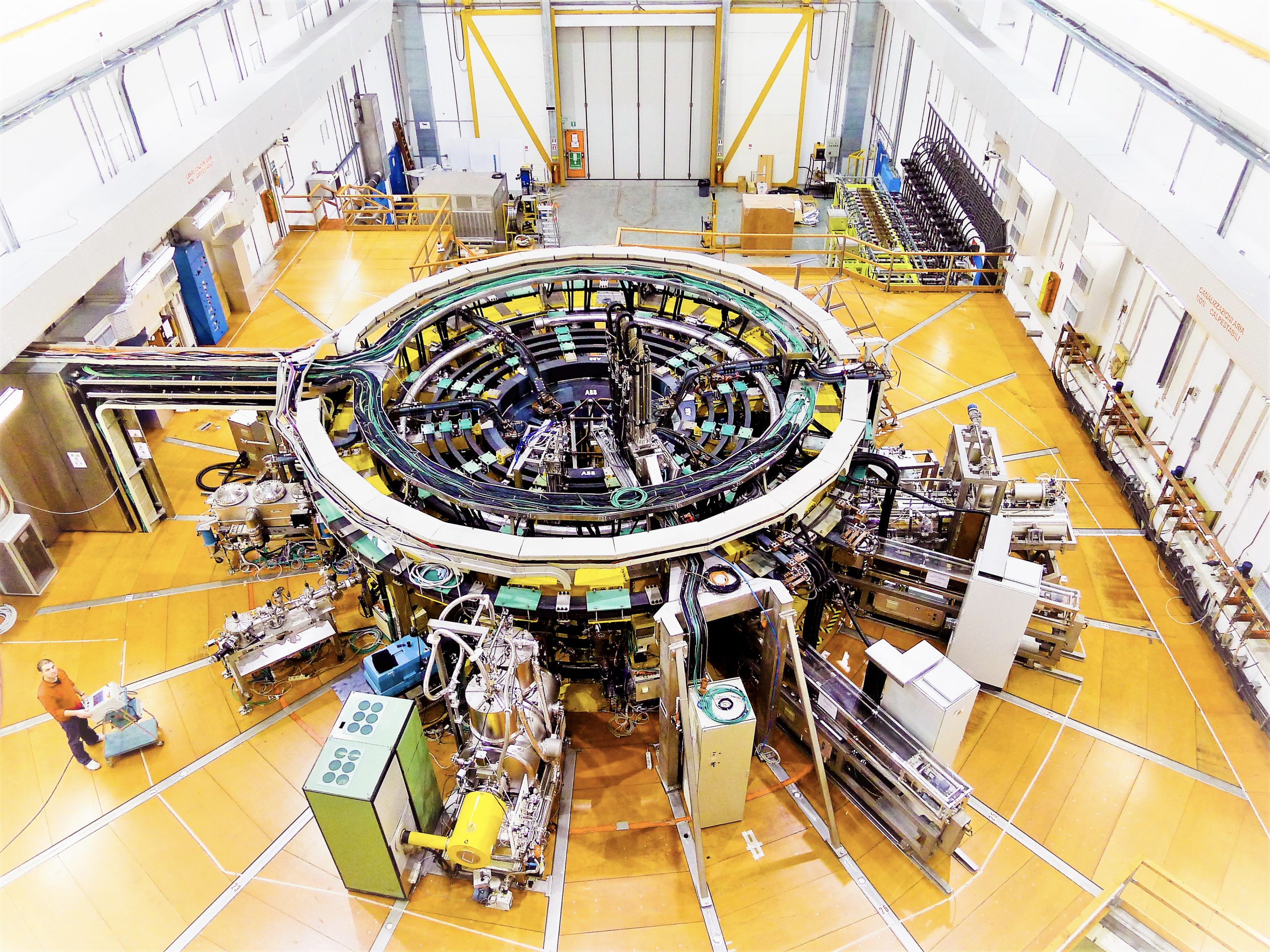RESEARCH UNIT: ISTP-Padova
WP LEADER: LUCA GRANDO
The RFX experiment relies on several auxiliary systems to operate effectively, with the Vacuum and Gas Injection System being the most critical. A new design utilizing cutting-edge pumping technologies, advanced automation, and remote control capabilities will be implemented. This upgrade will ensure regular and efficient experimental sessions, significantly improving monitoring and safety. Moreover, the system, which is essential to any type of experiment, will be equipped to support scientific activities for at least another two decades.
Additionally, the ancillary Glow Discharge Cleaning System will undergo refurbishment, equipped with new generators, and a highly automated control system. These upgrades will allow first wall cleaning operations to be performed even before each plasma pulse, resulting in significant improvements in machine performance and availability.
Maintenance of in-vessel components over years of operation is crucial, as these critical components are subjected to wear and tear during operation. To achieve this goal, the systems used to perform maintenance must be capable and reliable. For the RFX machine, the most important of these systems is the remote handling system (RHS). An entirely new, advanced robotic arm will be developed and realized to enhance RHS capabilities.
Expected outcomes of this development include:
- Overall improved reliability and flexibility in performing maintenance on RFX-mod2 in-vessel components, including inspection, metrology, and replacement;
- Reduction of the duration and costs of shutdowns required to install or remove in-vessel components;
- Enhanced expertise and training of personnel involved in first wall maintenance through the use of advanced technology for image recognition, virtual simulation, and feedback control systems;
- Opportunities for students and young researchers to acquire interdisciplinary skills and connections that can be applied in a wide range of research and industrial environments.
The RFX-mod2 experiments revealed that the best performance was achieved with lower current values in the toroidal coils than initially designed. However, tests of special control techniques such as Oscillating Field Current Drive (OFCD), Pulsed Poloidal Current Drive (PPCD), and m=0 mode perturbations highlighted the need for more stringent performance requirements in terms of latency, precision of the controlled current and synchronism between the two PS groups. These requirements were not known at the time of the PS design development.
The complete upgrade of the control system of the Toroidal Circuit Power Supply will address all the issues observed during previous experimental campaigns, significantly improving magnetic configuration control and machine performance in RFX-mod2.
 English
English  Italiano
Italiano 

